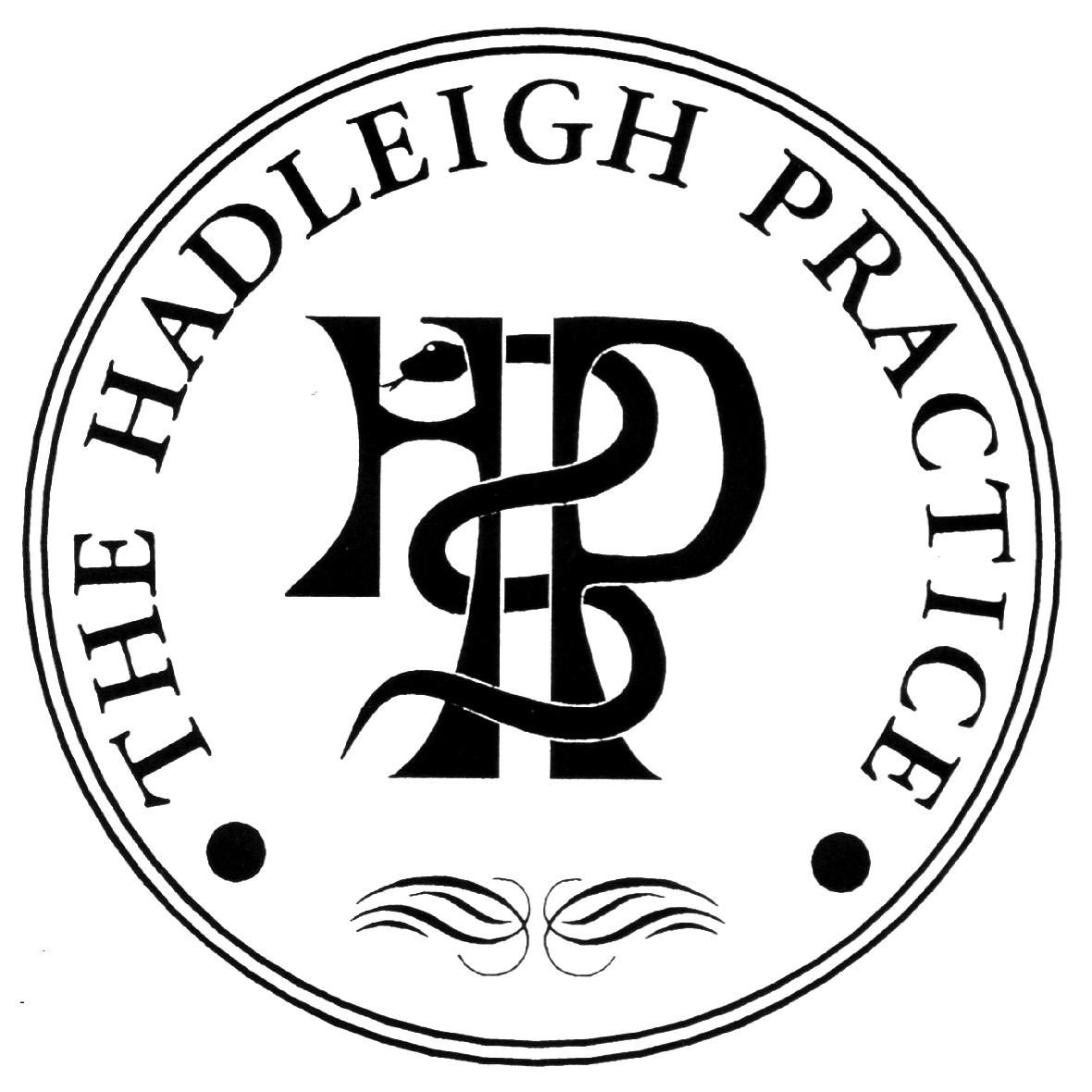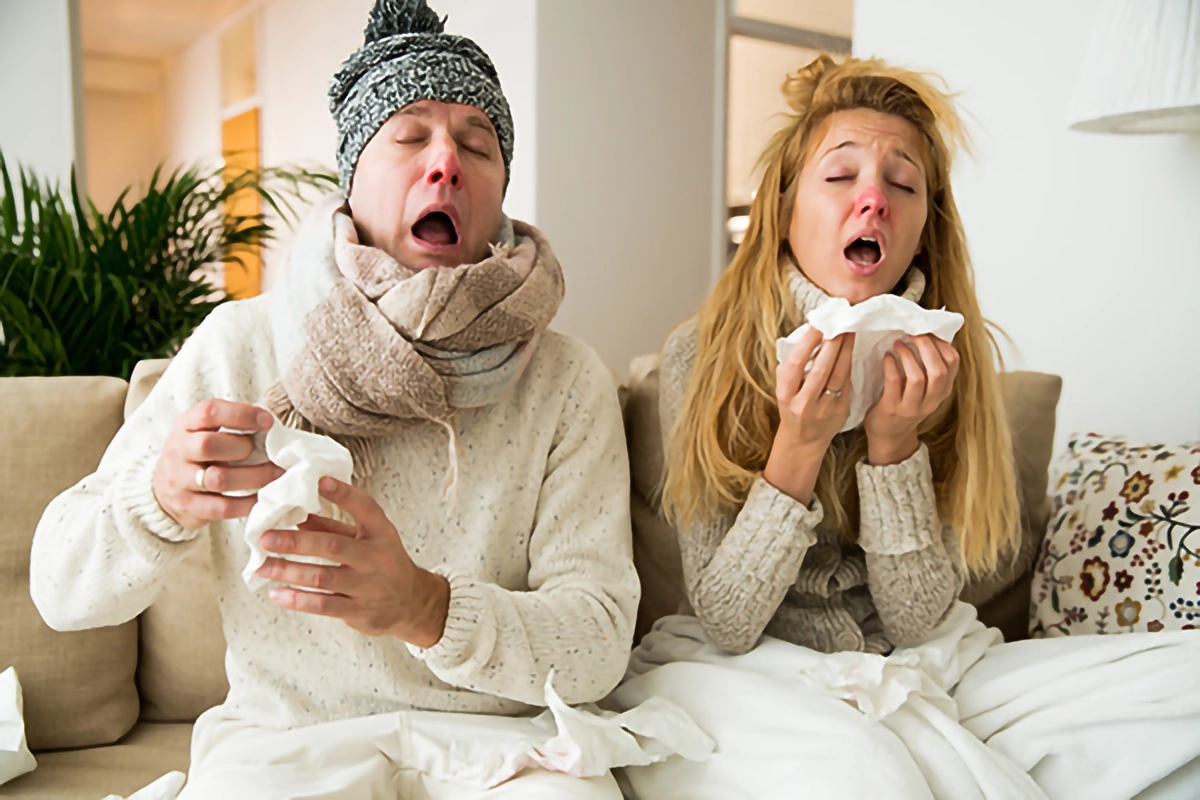We use cookies to help provide you with the best possible online experience.
By using this site, you agree that we may store and access cookies on your device. Cookie policy.
Cookie settings.
Functional Cookies
Functional Cookies are enabled by default at all times so that we can save your preferences for cookie settings and ensure site works and delivers best experience.
3rd Party Cookies
This website uses Google Analytics to collect anonymous information such as the number of visitors to the site, and the most popular pages.
Keeping this cookie enabled helps us to improve our website.
Honey and Lemon, Anyone?
Flu, or influenza, is not just a bad cold. In the 5 years prior to the pandemic, flu was responsible for 13500 excess deaths in the UK annually. This figure fell dramatically as a result of COVID-19 control measures, but flu then made a predictable comeback, with 14500 deaths attributed to influenza infection for the 2022/23 season. One response could be a return to ‘lockdown’, though for a well understood infection like influenza, the wider societal harms of such a measure would clearly outweigh the benefits. Vaccination, however, is an intervention where the risk: benefit balance tips firmly in favour of rolling up your sleeve.
Vaccination protects in two ways.
- Firstly, if immunisation rates are high, then a degree of ‘herd immunity’ is achieved and circulating levels of flu will fall. View this as community service; by vaccinating ourselves we protect each other.
- Secondly, immunisation provides personal protection. Rates of hospitalisation due to flu fall by 1/3 in vaccinated older adults and 2/3 in children, compared to their unvaccinated peers.
The flu virus itself evolves rapidly, meaning new vaccines must be developed each year. Those being delivered in the UK this winter are based on the circulating strains seen in the southern hemisphere just a few months ago. This leaves a short window of opportunity to develop and deliver vaccination before circulating levels of flu rise, with vaccine effectiveness highest in the 1-to-3-month period following immunisation. The flu vaccination programme targets both those most at risk and those most likely to spread infection, including adults>65, children, pregnant women, and people with certain chronic health conditions. GP surgeries will have already invited eligible patients for vaccination, with schools responsible for immunising children and community pharmacies also offering a vaccination service.
Unfortunately, advances in vaccine technology are yet to impact upon the high rates of man flu seen in the UK; the only effective intervention for which remains an outpouring of sympathy from the 51% of the population fortunate enough to be born with natural immunity.
Dr Chris Humphrey
Published: Oct 1, 2024

